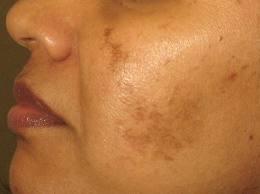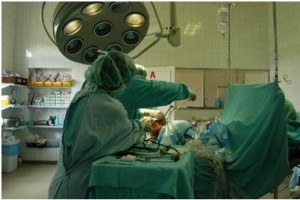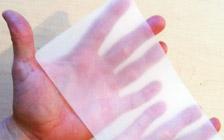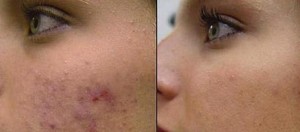Enhancing your appearance with scar revision surgery
Most people are not happy about having scars. Facial scarring is often a source of self-consciousness though scars almost anywhere can be disturbing to a person. Scar revision is a surgical procedure which can greatly improve the appearance of scars and enhance one’s self confidence. Facial scar revision is a sought after cosmetic procedure.
There are different scar revision techniques. The best technique that is right for a person depends on the type of individual scar, your skin type and other factors. Scar revision does not completely remove a scar but rather minimizes its appearance as much as possible.
Scars are visible marking, formation or discoloration on the skin after the complete healing process of a wound. They are often unavoidable consequence of minor and traumatic injury and or surgery. A scars development is not predictable. Poor healing can cause scars that are obvious, unsightly and disfiguring. A wound that heals well can still result in a scar that adversely affects your appearance. Scars may be raised or recessed, different in color or texture from surrounding healthy tissue or particularly noticeable due to their size, shape or location.
Treatment Options
Treatment options vary based on the type and degree of scarring. Treatments can include:
- Over the counter topical treatments
- Prescription topical treatments
- Minimally invasive dermatological procedures
- Cosmetic surgical revision with advanced techniques in wound closure
The purpose of scar revision surgery is to minimize the scar so that it is more consistent with your surrounding skin tone and texture; in plain terms to reduce the scars visibility. Scar revision provides a more pleasing cosmetic result or improve scar that has healed poorly. However, a scar cannot be completely erased.
Determining if Scar Revision is Right for You?
Scar revision is a very personal decision. A person should do it for their self, not fulfill an ideal image Scar revision can be performed on people of any age and is a good option for you if:
- You are bothered by a scar anywhere on your body
- You are physically healthy
- You have a positive outlook and realistic goals for your scar revision surgery
- You do not have active acne or other skin diseases in the area to be treated
The Scar Revision Procedure
Surgical scar revision techniques are usually performed with local anesthesia and sedation or with general anesthesia. Excision techniques are commonly used for scar revision. Another technique, often referred to as Z-plasty, repositions the existing scar so that it is hidden in a less conspicuous area, typically within a natural skin crease.
The Scar Revision Recovery
The recovery after surgical scar revision may involve some minor swelling and bruising. Patients may also experience some discomfort which can be alleviated with medication. Bandages may be applied after surgery and these usually remain in place for one week. The scar will likely appear red immediately after surgery but it will eventually fade to a fine line. Most patients find that they can return to work within one to two weeks.





